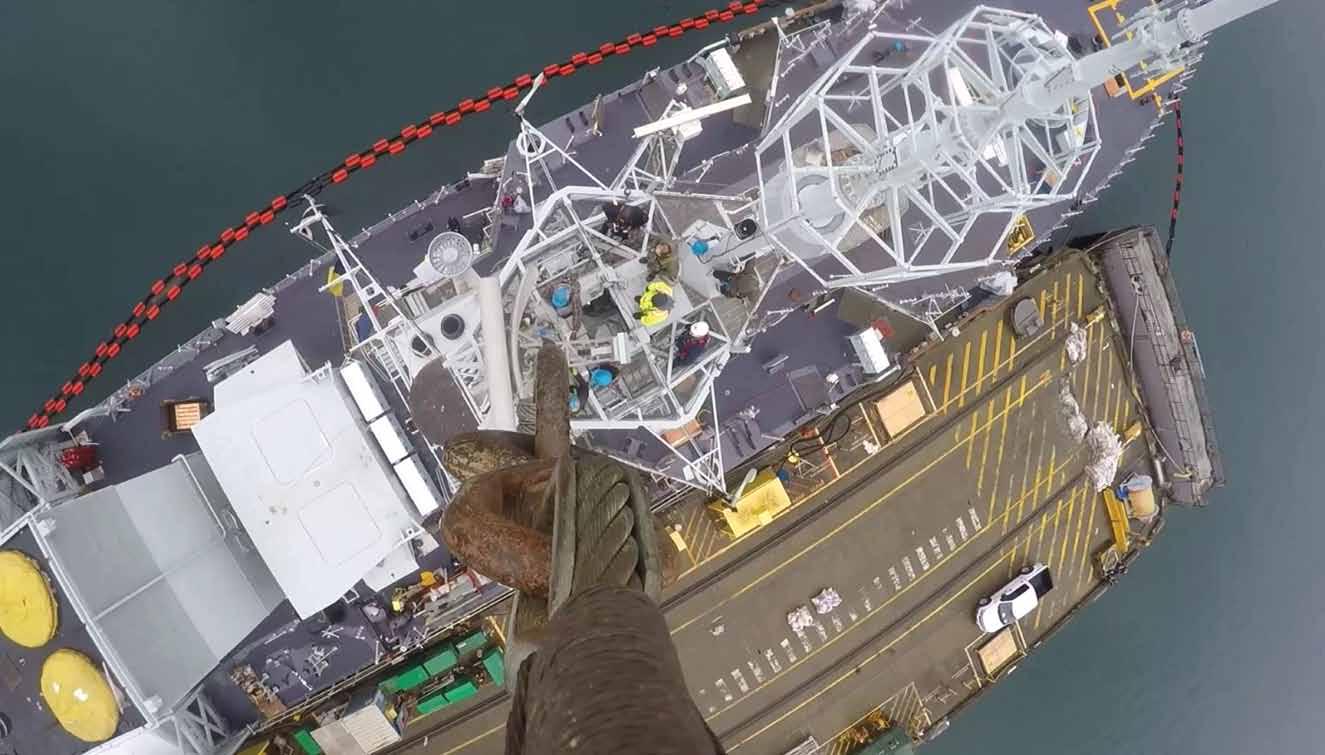
3 minute read
HISTORY OF THE FEDERAL GOVERNMENT DOCKYARD TRADES AND LABOUR COUNCIL (ESQUIMALT
History
Advertisement
Written by Des Rogers
In 1862 a group of shipwrights came together to officially establish the first Union in the esquimalt Naval Dockyard, the Journeymen shipwrights Association of Victoria and Vancouver Island.
With an aim the same as Unions of today, they adopted a Constitution and elected officers who worked to protect workers’ rights, ensure the health and safety of members, regulate hours of work, and negotiate wages. The Shipwrights Union also held the original dockyard Employee Assistance Program (EAP) in the 1920s called the Red Feather Association. The premise was, if a Union member or the member’s family was in trouble and needed assistance, the Association members would insert a red feather into the brim of their hardhats. This would indicate to other members there was a co-worker in need and allow them to donate as they were able.
Local Unions continued in existence (although independently of a formal
esquimalt naval drydock under contruction circa 1887.

collective organization) until June 1944 when the Dockyard Shop Stewards Council was formed. This Council continued until 1966 when it was disbanded and the Esquimalt Trades and Labour Federation was formed. This formation happened in anticipation of coming legislation in the following year that would allow for organized collective bargaining in the federal public sector.
February, 1967: The new legislation known as the Public Service Staff Relations Act (Bill C-170) was given Royal Assent.
january, 1968: Federal Government Dockyards Trades and Labour Council was certified by the Public Service Staff Relations Board to represent the East and West Coast Dockyards.
From 1968-1976 the East and West Coast Ship Repair Units were one National Bargaining Unit.
August, 1976: The Public Service Staff Relations Board (PSSRB) granted a separation of the two groups and the Federal Government Dockyard Trades and Labour Council (FGDTLC) (Esquimalt) became the sole National Bargaining Agent for the Ship Repair Group on the West Coast, representing all Ship Repair West (SRW) members within CFB Esquimalt, at Canadian Forces Ammunition Depot (CFAD) Rocky Point, and the Canadian Forces Maritime Experimental and Test Range (CFMETR) at Nanoose Bay, BC.
The FGDTLC (Esquimalt), commonly called “The Council”, holds the exclusive bargaining rights for all negotiations, grievances (including adjudication, arbitration or mediations), and any additional services that may be required for the overall benefit of the membership. The structure of the FGDTLC (Esquimalt), which sees 11 Affiliate Unions under one umbrella organization, was modelled after the National Joint Council, which has representatives of all 18 National Bargaining Agents and acts as a liaison organization between Labour and the Employer (Treasury Board of Canada) at the national level. Each of the 11 Affiliate unions elects or appoints three delegates, and those members comprise the Council from which the executive officers are elected.
The Council’s role now is much the same as it was back in 1967 and earlier, that being to represent its members in all matters pertaining to their wages, benefits, health and safety, and day-to-day issues as they arise at both the local and the national level.
The Council is a proud supporter of the women and men who comprise the membership and who consistently deliver the very best support available to the Pacific Naval Fleet and its international partners. The skill and professionalism of the Ship Repair West group is second to none, and all feel a strong sense of ownership in the fleet that they maintain on a daily basis, both at home port or anywhere around the world.








